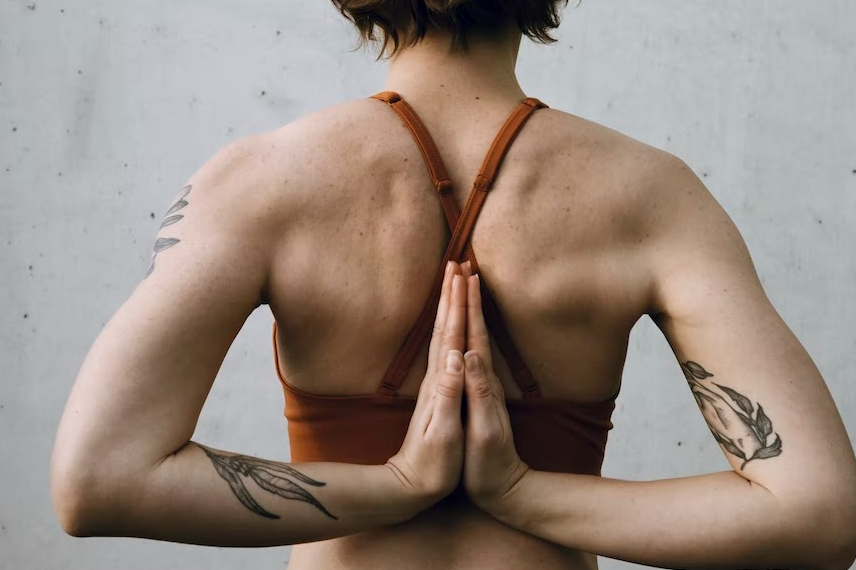What Sports Are Good for Scoliosis?

The basis of the complex treatment of scoliosis, both in children and adults, is physical strengthening. Its goal is to restore the general physical form and functions of the affected segment of the spine, the formation of correct posture skills, the creation of a muscular corset, and containment of the progression of the disease.
Depending on the reasons for the development of scoliosis, the stage, type, place of curvature, possible complications, the age, a patient can be recommended to go for Pilates, fitness, swimming, running, skiing. The treatment program provides for the optimal choice of sports discipline in the case of a particular patient, individual selection of exercises, dosage of their amount. Let’s talk about the benefits of sports for the treatment, how it can help correcting the condition and even avoid scoliosis surgery.
Benefits of Exercising for Scoliosis
Moderate physical activity in patients with scoliosis improves the effectiveness of other measures of conservative therapy, reduces the number of patients requiring surgical treatment and the disability, and stops the progress of spinal deformity. Sports have a positive effect on general well-being, restore physical fitness, train endurance, and directly have a positive effect on the musculoskeletal system. Here are the benefits of sports for everybody:
- Improves blood circulation;
- Increases ligament flexibility and muscle strength;
- Restore the functions of the damaged segment of the spine, the range of motion;
- Stimulate blood circulation and metabolism in tissues;
- Relieve pain and inflammation;
- Strengthen the muscular frame;
- Contribute to the formation of correct posture.
When choosing a certain sport for the prevention and treatment of patients with curvature of the spine, the right approach is important - individual selection of exercises regarding the capabilities of the body, gradual increase in load, specialist control over the technique of exercises, their number and the efforts applied by the patient.
With scoliosis, regardless of the degree of curvature of the spine and chest, strength training, exercises with dumbbells and a barbell, bending and twisting the back, fast movements, somersaults, jumps, and other activities that can adversely affect the spine are contraindicated.
Are All Sports Good for Scoliosis?
The list of sports inappropriate for scoliosis includes:
- Gymnastics;
- Acrobatics;
- Asymmetrical sports: fencing, tennis, badminton, volleyball, basketball;
- Axial loads on the spinal column: cycling, equestrian sports, jumping, running on asphalt, bench press, squatting with a barbell;
- Weightlifting;
- Crawl swimming;
- Traumatic sports: judo, boxing, karate, wrestling, hockey.
People with spinal deformity should be oriented towards symmetrical, mixed, atraumatic sports.
Best Sports for Scoliosis
Health-improving and preventive effect in patients with scoliosis is brought only by reasonable sports. These include:
- Medical gymnastics;
- Swimming;
- Walking, including Scandinavian;
- Skiing and skating;
- Pilates;
- Fitness;
- Yoga
- Horizontal bar and simulators;
- Running on a rubber or dirt track;
- Body-building.
- Swimming and gymnastics in the water.
The healing value of therapeutic swimming lies not only in the effect of physical exercises on the musculoskeletal system, but also in the beneficial effect of water on the human body. Water normalizes metabolism, strengthens the skin, increases the vital capacity of the lungs, increases the mobility of the chest, hardens the body, improves the functioning of the nervous and cardiovascular systems.
Regular swimming in scoliosis promotes the development of the muscular system, improves the mobility of the ligamentous-articular apparatus, helps to keep the spine in the correct physiological position, and inhibits further progression of the deformity. Staying in water has a beneficial effect on the spine: the load decreases, the intervertebral discs relax, the muscles stretch, the axial skeleton straightens.
Yoga can be practiced both in the early period of spinal deformity, and with a curvature of more than 50 degrees. It was proven that just one yoga pose, the side plank, can reduce the degree of the spine by 32%. To do this, patients with scoliosis should at least three times a week keep the balance of the body, leaning on the palm and feet for 90 seconds. The course of treatment lasts six months.
Yoga classes help to relax muscle tissue, restore healthy tone, activate blood circulation, restore the physiological distance between the vertebral bodies, strengthen the muscle corset, align posture, and improve the functioning of internal organs and systems. The specialist recommends a set of exercises individually, excluding compression load on the spine, anti-gravity and unnatural postures, shoulder stand, back bends. Yoga is not recommended in infections, inflammation, blood and heart diseases, mental disorders, traumatic brain injuries.
Post a comment